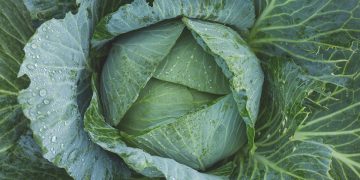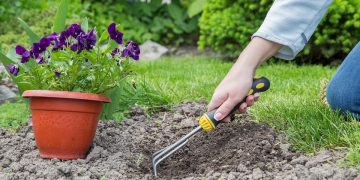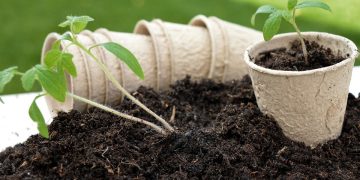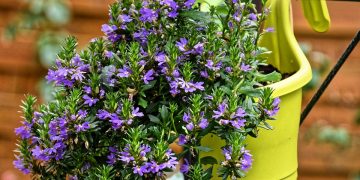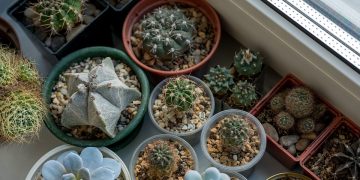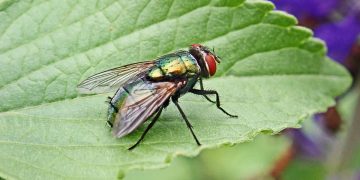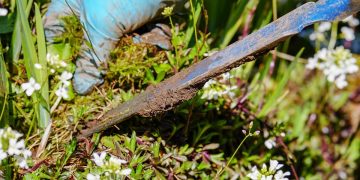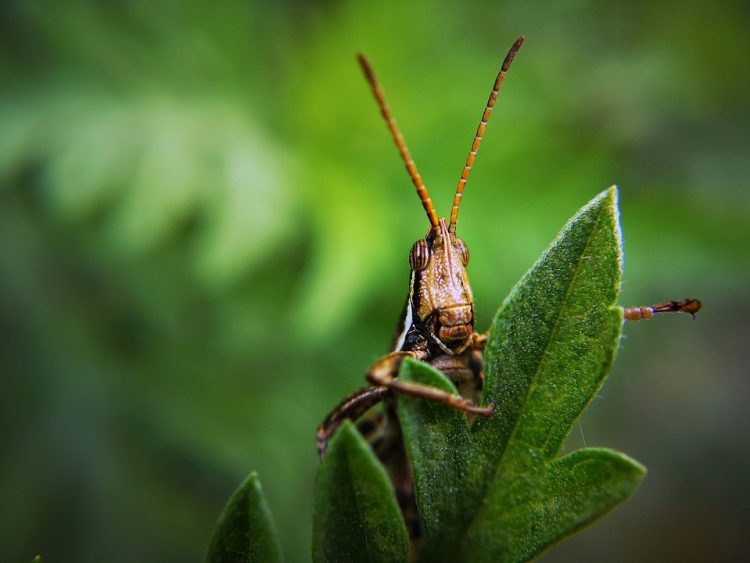Building a Resilient Garden: The Power of Disease-Resistant Plants
In the world of gardening, disease-resistant plants are a game-changer. These plants have been specifically bred to withstand common garden diseases, making them a valuable asset for any gardener looking to maintain a healthy and thriving garden. In this article, we will explore the benefits of disease-resistant plants, the different types available, and how to incorporate them into your garden for maximum resilience.
What are Disease-Resistant Plants?
Disease-resistant plants are varieties that have been bred to have a natural resistance to certain pests and diseases. This resistance is often the result of selective breeding or genetic modification, where plants with natural disease resistance traits are crossed to create new varieties with enhanced immunity. By planting disease-resistant plants in your garden, you can significantly reduce the risk of your plants succumbing to common diseases, saving you time, money, and frustration in the long run.
The Benefits of Disease-Resistant Plants
There are several key benefits to incorporating disease-resistant plants into your garden. First and foremost, disease-resistant plants can help you avoid the need for chemical pesticides and fungicides, reducing your exposure to harmful chemicals and promoting a more sustainable and eco-friendly gardening practice. Additionally, disease-resistant plants are often more vigorous and productive than their susceptible counterparts, producing higher yields and healthier plants overall.
Types of Disease-Resistant Plants
There are many different types of disease-resistant plants available, each with its own unique set of disease-fighting qualities. Some common examples include:
– Tomato varieties that are resistant to common fungal diseases such as early blight and powdery mildew.
– Rose varieties that are resistant to black spot and powdery mildew.
– Apple varieties that are resistant to apple scab and fire blight.
– Cucumber varieties that are resistant to downy mildew.
When selecting disease-resistant plants for your garden, be sure to research which diseases they are resistant to and choose varieties that are well-suited to your growing conditions.
Incorporating Disease-Resistant Plants into Your Garden
To incorporate disease-resistant plants into your garden, start by identifying which diseases are common in your area and selecting plants that are resistant to those specific diseases. You can find disease-resistant plant varieties at your local nursery or garden center, or through online seed catalogs. When planting disease-resistant plants, be sure to follow proper planting and care instructions to ensure they thrive in your garden.
Common Questions About Disease-Resistant Plants
Q: Are disease-resistant plants genetically modified?
A: While some disease-resistant plants are genetically modified, many are bred through traditional breeding methods that do not involve genetic modification.
Q: Can disease-resistant plants still get sick?
A: While disease-resistant plants are less susceptible to certain diseases, they are not immune and can still become infected under the right conditions. However, their resistance can help them recover more quickly and with less intervention.
Q: Are disease-resistant plants more expensive?
A: Disease-resistant plants are often priced similarly to their non-resistant counterparts, making them a cost-effective option for gardeners looking to protect their plants from common diseases.
Conclusion
In conclusion, disease-resistant plants are a valuable tool for building a resilient garden. By incorporating these plants into your garden, you can reduce the risk of your plants succumbing to common diseases, promote a more sustainable gardening practice, and enjoy higher yields and healthier plants. Whether you are a novice gardener or a seasoned pro, disease-resistant plants are a worthwhile investment that can help you create a thriving and resilient garden for years to come.





